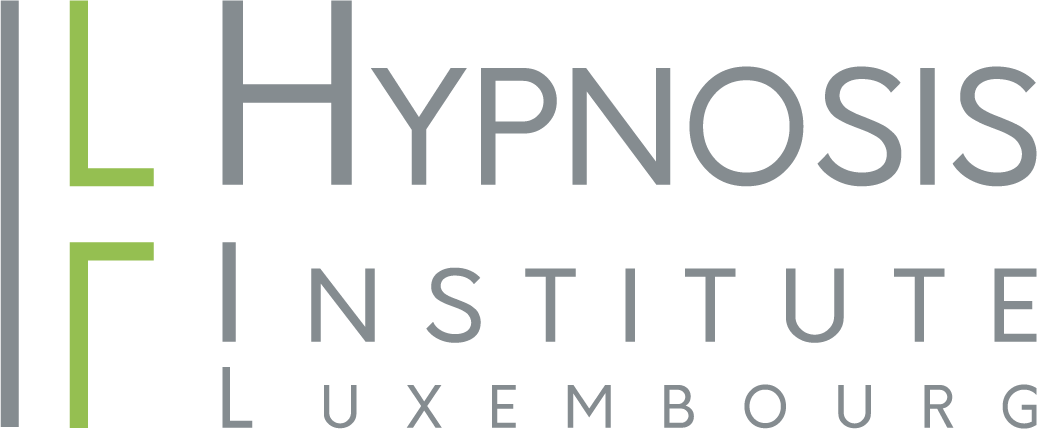Hypnosis with children

Working with children or young people is a lot of fun. They approach the whole thing more easily, have fewer fears and misconceptions about hypnosis and go into hypnosis very quickly.
Sessions with children are entertaining, as change processes often take place much more quickly.
If you want to work with children, you should also bring a lot of imagination with you and don’t be surprised if the child opens its eyes during the session, fidgets or simply stands up.
It is always best to work with children alone, i.e. the parents are not in the treatment room. It should be discussed with the parents that the child has the opportunity to speak freely about their topic. Parents must respect the confidentiality of their child, unless it is a case of abuse. Beware of “false memories”. This topic will be described in more detail later in the course.
Parents are usually involved in the child’s problem. It therefore makes sense to arrange a hypnosis session with the parents as well.
In his medical dissertation entitled “Hypnosis and its therapeutic applications…
for the child and the adolescent” writes (2007),Carole Hilpert-Flory:
“The hypnotic state may be a state familiar to children.
From the moment they are born, their mothers or the people who have to care for a baby use techniques to soothe their child:
how could you not compare the rocking and lullabies they can sing to hypnotic inductions ?”
She also reports that parents very spontaneously use a wide range of applications as suggestions and metaphors to relieve pain, for example:
Blowing on a wound or bump; making the pain go away by asking the child to
to see that pain go away (just tested on my little 2 year old who hit her forehead), isn’t that a distraction technique to get out of the painful context of reality?”
And indeed, children have full access to their imagination and use it to evolve in a universe where anything is possible, which they are constantly building up and tearing down in their free time.
This characteristic of the child makes them easily hypnotizable subjects, and incidentally, Gardner (1977) confirms about her own practice that “the usual verbal introductions
began to work at about the age of five or six, reaching maximum resonance after 10 years”. (Hypnosis with infants and preschool children).
Recently, techniques have been developed, including for infants, based on adapted tactile and visual stimulation. Carole Hilpert-Flory(2007) reports a list of age-appropriate induction techniques, based on the work of Olness and Kohen.
Preverbal age, 0-2 years
- Tactile stimulation, stroking, cuddling
- Kinesthetic stimulation: rocking, moving an arm back and forth.
- Auditory stimulation: music or continuous noises such as hairdryers, electric shavers or vacuum cleaners that are kept away from the child.
- Visual stimulation: Moving other objects that can change size, position, color, etc.
- Hold a doll or stuffed animal
Preverbal age, 2-4 years
- Make bubbles
- Telling a story
- Books with animated characters
- Steroscopic viewer
- The child’s favorite activity
- Speaking to the child through a doll or a soft toy.
- Watching yourself on video
- Using a soft doll.
Preschool or early school age 4-6 years old
- Blowing out air
- A favorite place
- Several animals
- A garden with flowers
- Telling a story (alone or in a group)
- The big oak tree
- Fixing a coin
- See a letter of the alphabet
- Books with animated characters
- A phantasmagorical TV story
- Steroscopic vision
- Video
- Swinging balls
- Biothermal feedback or other feedback
- The fingers that go down
- An activity in a playroom
Before adolescence 7-11 years
- Favorite activity
- Favorite place
- Look at the clouds
- The flying ceiling
- Real or imaginary video games
- Getting on a bicycle
- Blow the air outside
- Listen to music
- Listen to audio
- Fixing a coin
- Approaching hands
- The stiffness of the arm
Adolescent 12-18 years
- Favorite place or activity
- Sports activity
- Catalepsy of the arm
- Breathing
- Real or imaginary video games
- Atmung
- Fixating the eyes on a hand
- Driving a car
- Listening to music
- Hand hovering
- Approaching hands
- Phantasmagorical games
Because they work easily in the imagination and are receptive, it is usually very easy to induce a trance state with children, but as this is natural, it can be difficult to calibrate them.
As the request often comes from the parent, it is important to ensure that the child is motivated to change, it is the child who needs to ask for help.
With children, indirect sensory techniques work well because they are often still connected to their unconscious.
Be creative and funny. Most protocols can be adapted to a child, just bring it “down to the level” of the child.
For the younger ones you can use drawing:
You will of course get an explanation of the meaning of the drawing and you can reuse his explanations in a metaphor.
Technique of drawing
This technique is fairly straightforward and allows for quick results once the children can draw and keep their attention:
- Draw a picture of the current state: How do you symbolize your problem?
- Draw the desired state: How would you like this self to be?
- Draw how to move from one to the other: How would you like to move from one to the other?
With children it is possible to use stories but also fiction, the child’s favorite hero into action. This approach is very effective, the presence of his favorite hero is
often a great help during the sessions.
You can use a variety of heroes, mostly protective, rarely anti-heroes, although this is also possible.
